Fascinating facts about everyday life in the 1800s
Imagine stepping into a time machine and landing in the 1800s. It’s a world vastly different from ours, filled with horse-drawn carriages and bustling market squares.
The 19th century was a period of incredible change and innovation, setting the stage for the modern world. From the rise of industrialization to the evolution of social norms, the 1800s were a time of fascinating development.
The Art of Communication: Letters and Telegraphs
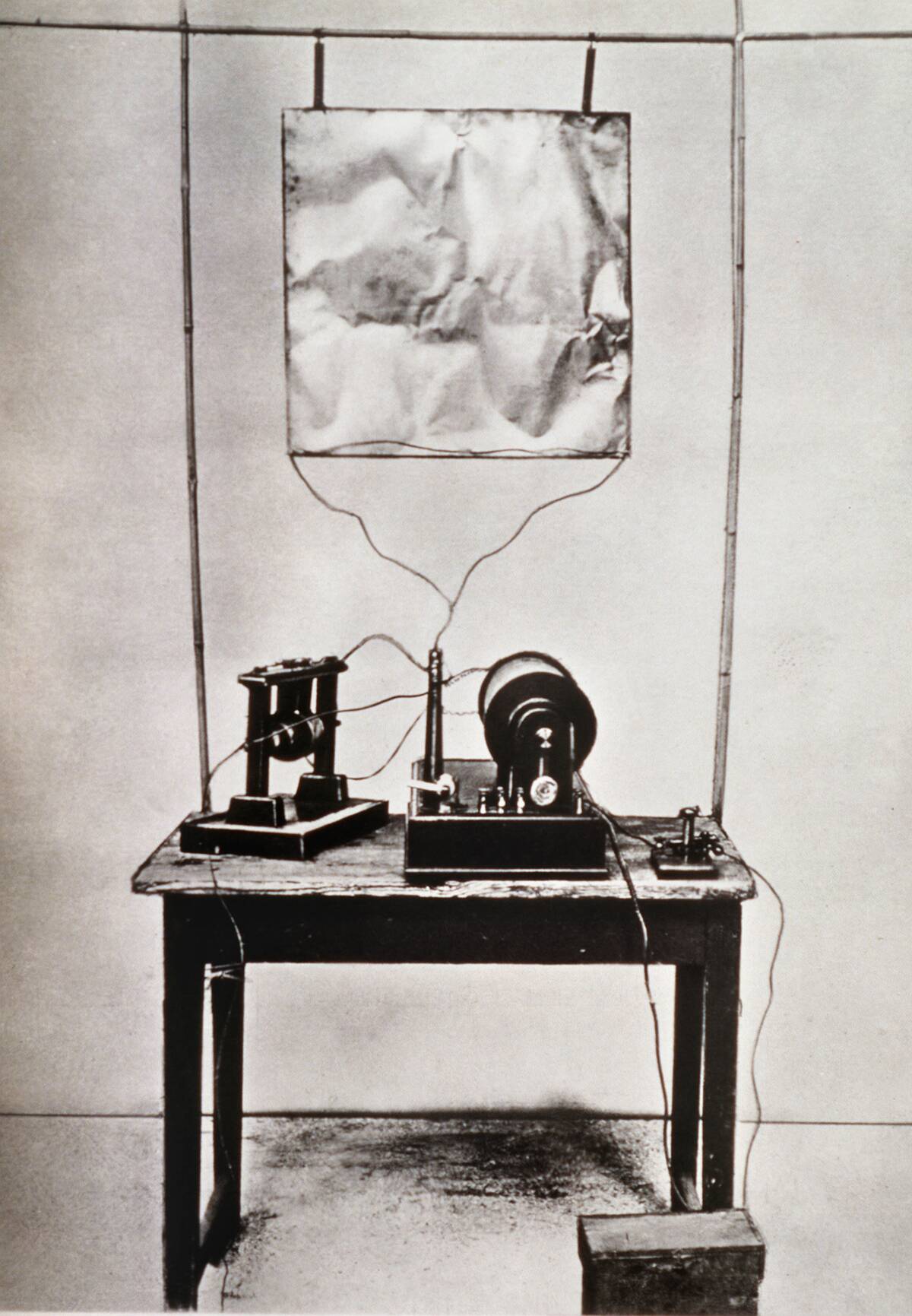
Before the era of instant messaging, communication in the 1800s was a thoughtful process. People relied heavily on handwritten letters, which could take weeks to reach their destination.
The invention of the telegraph in 1837 by Samuel Morse revolutionized communication, allowing messages to be sent over long distances almost instantly. This breakthrough paved the way for the interconnected world we know today.
Transportation: Traveling on Horseback and Steam Trains

Travel in the 1800s was an adventure in itself. While horseback was a common mode of transport for shorter distances, steam trains emerged as a groundbreaking innovation for long journeys.
By the mid-19th century, railways crisscrossed countries, drastically reducing travel time. The Transcontinental Railroad, completed in 1869, connected the east and west coasts of the United States, making cross-country travel more accessible and efficient.
Home Sweet Home: Life Without Electricity
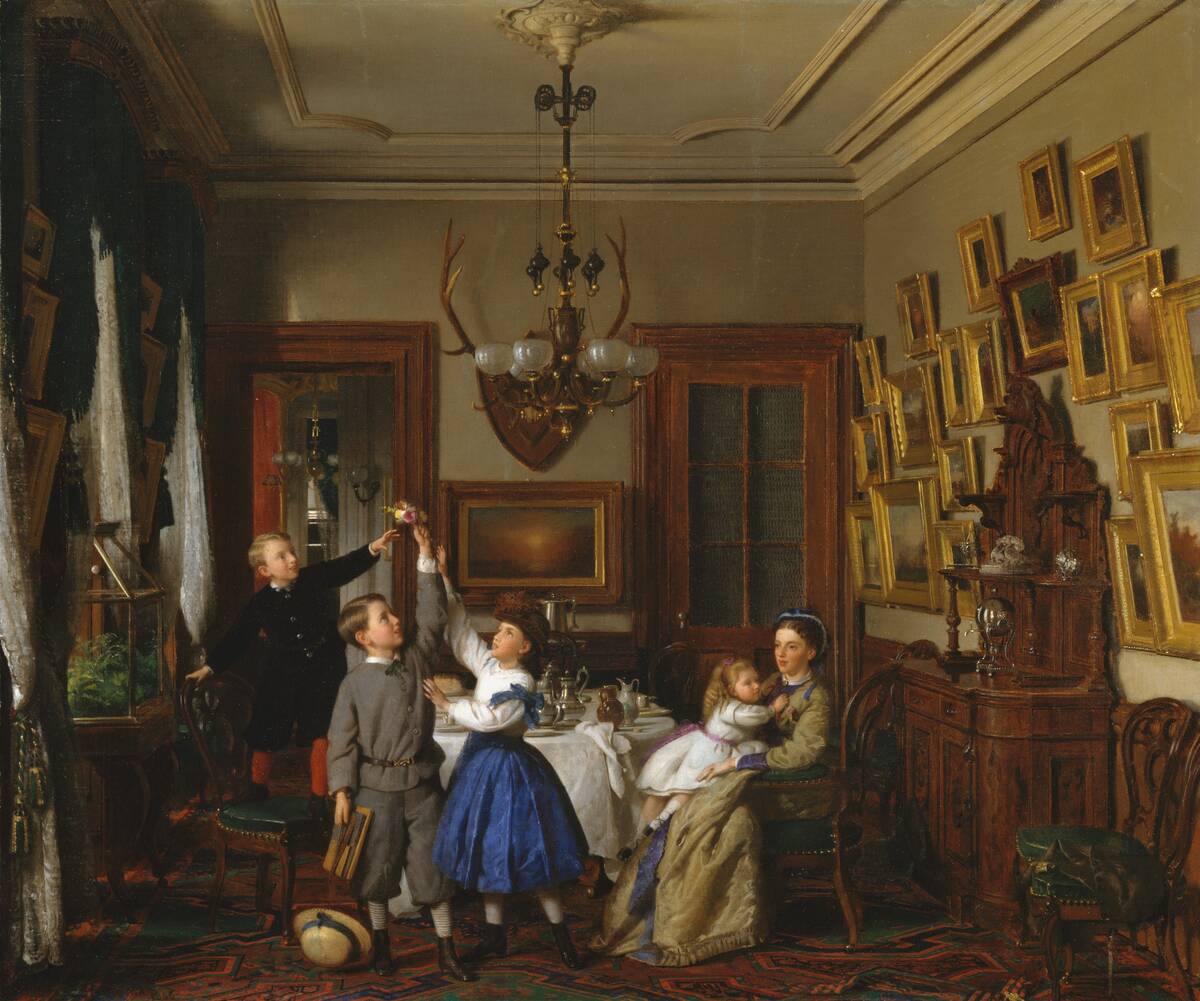
Imagine a home without the hum of modern appliances. In the 1800s, families used candles and oil lamps to light their homes. Heating was provided by wood-burning stoves, and chores like laundry were done by hand with washboards.
It wasn’t until the late 19th century that electricity began to light up the first homes, forever changing domestic life.
The Daily Grind: Chores and Household Tasks
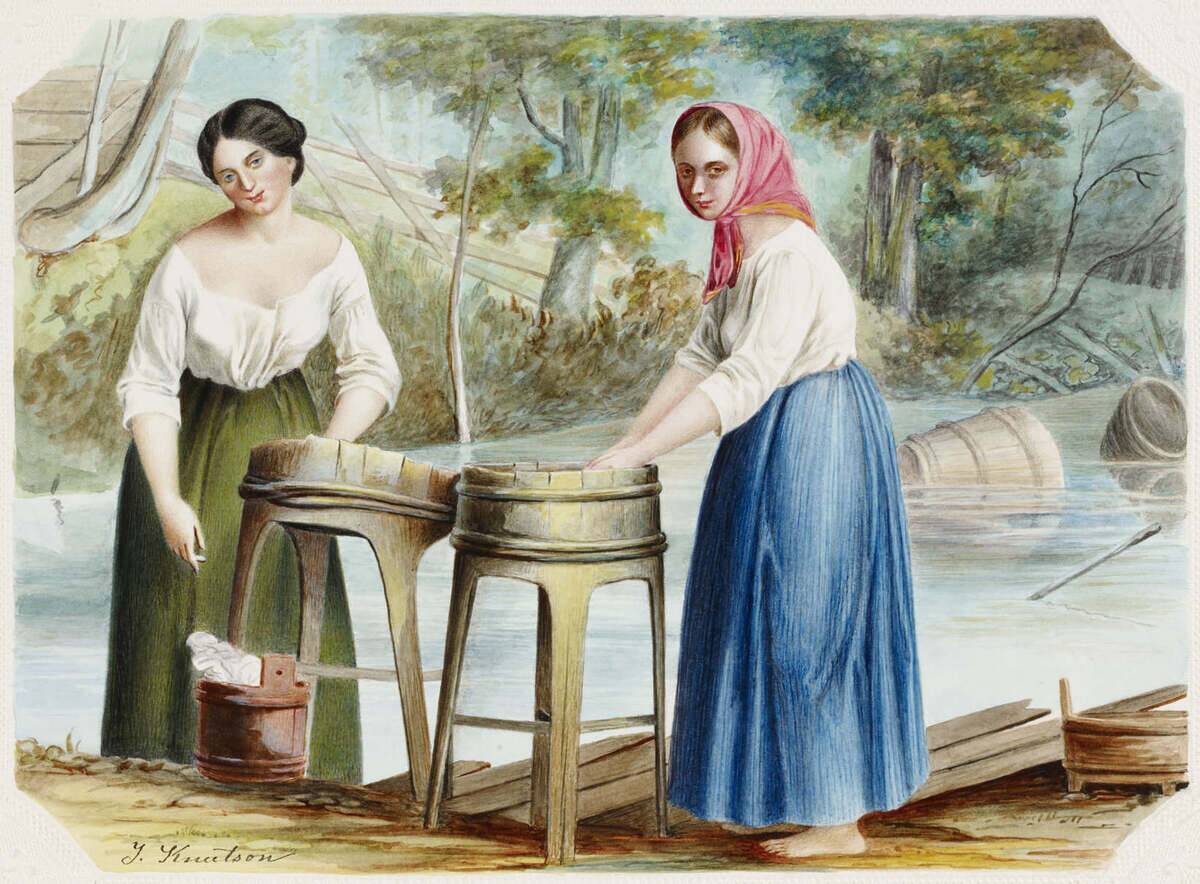
Household chores in the 1800s were labor-intensive and time-consuming. Washing clothes, for instance, involved boiling water and scrubbing garments by hand. Cooking was done over open fires or stoves, requiring constant attention.
Despite the challenges, these tasks fostered a sense of community and cooperation within families, as everyone pitched in to keep the household running smoothly.
Rise and Shine: Morning Routines of the 19th Century
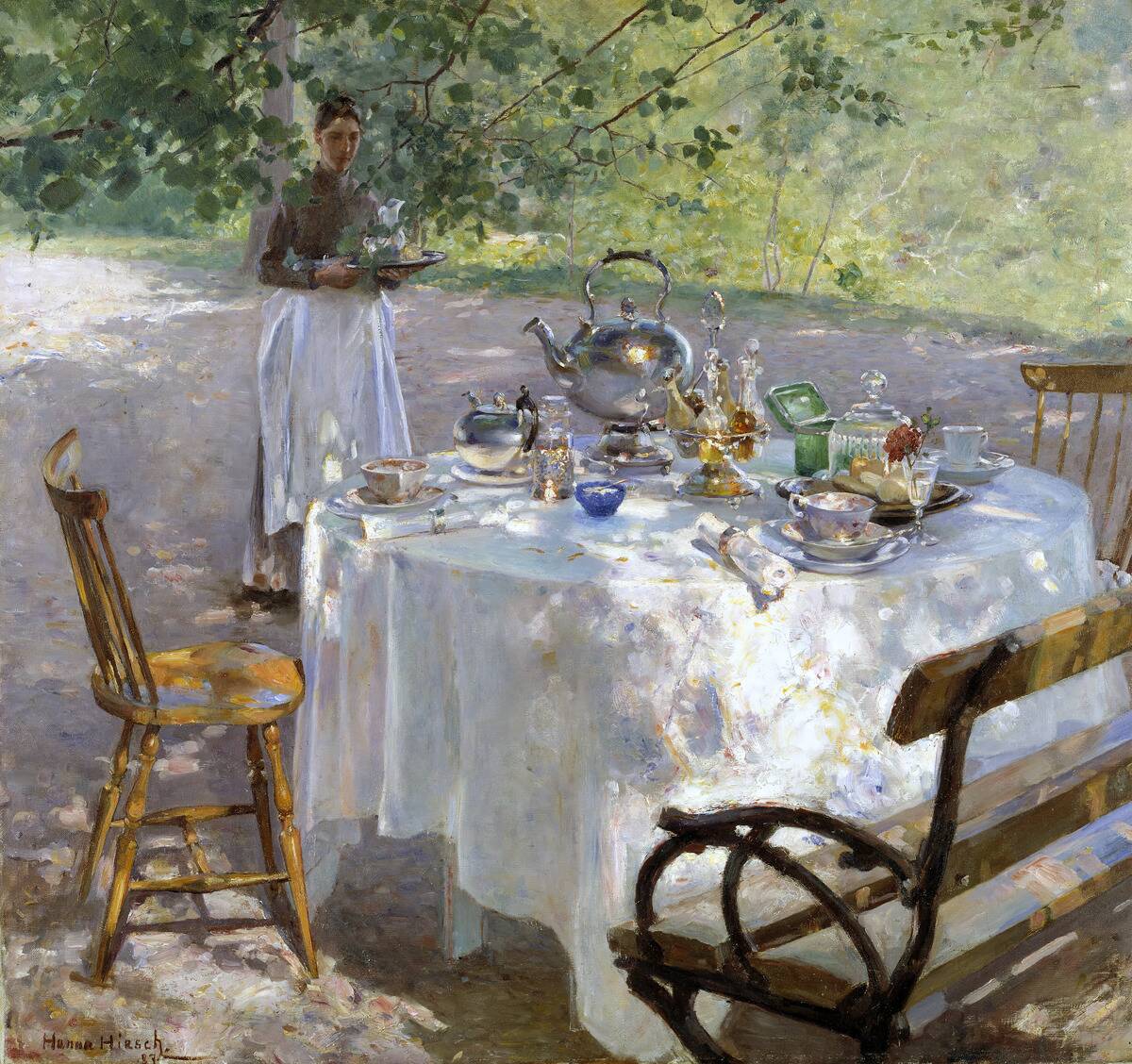
Mornings in the 1800s were a flurry of activity. People rose with the sun, and the day began with a hearty breakfast, often prepared from scratch.
Without alarm clocks, the crowing of roosters and the clanging of church bells served as natural timekeepers. The pace of life was slower, allowing families to gather around the table before embarking on their daily duties.
Fashion Forward: Clothing Trends of the 1800s
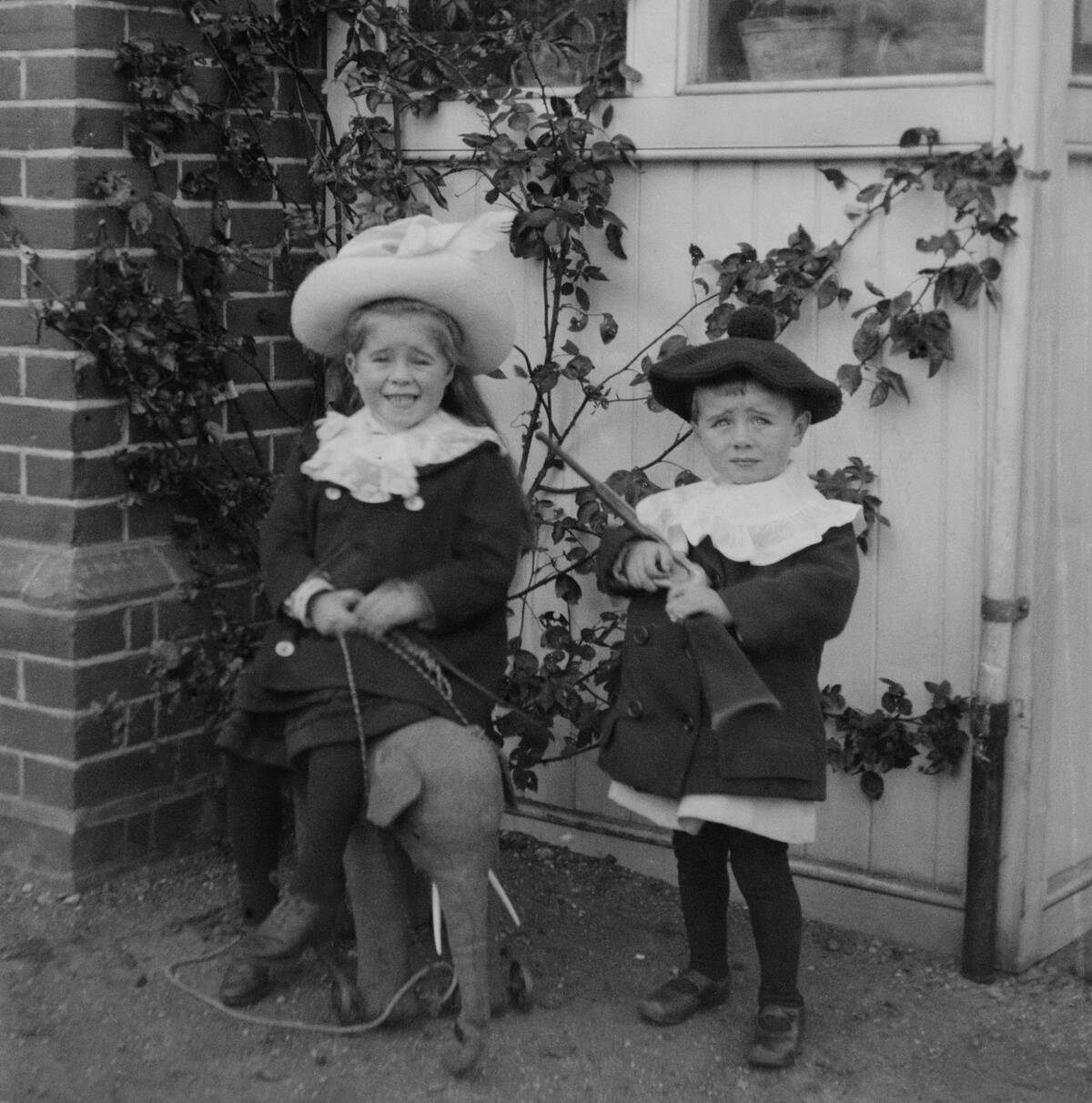
Fashion in the 1800s was a reflection of social status and personal identity. For women, voluminous skirts, often supported by crinolines or bustles, were the norm. Men’s fashion included tailored suits and top hats.
The Industrial Revolution played a significant role in clothing production, with factories beginning to produce ready-to-wear garments, making fashion more accessible to the masses.
Culinary Delights: Cooking Without Modern Appliances

Cooking in the 1800s required skill and patience, as it was done over open flames or wood-burning stoves. Ingredients were often locally sourced, and meals were prepared from scratch, highlighting seasonal produce.
Preserving food was an essential skill, with methods like pickling and salting used to keep food edible throughout the year. Despite the lack of modern conveniences, meals were hearty and celebrated the flavors of the time.
A Day at School: Education in a One-Room Schoolhouse

Education in the 1800s often took place in one-room schoolhouses, where a single teacher was responsible for instructing children of all ages. Lessons focused on reading, writing, and arithmetic, with older students sometimes helping to teach the younger ones.
Schooldays were shorter than today, allowing children to assist with chores at home. Despite the limited resources, these classrooms laid the foundation for modern education systems.
The Great Outdoors: Leisure Activities and Pastimes

Leisure time in the 1800s often involved outdoor activities such as picnics, horseback riding, and croquet. Reading was a popular pastime, with novels by authors like Charles Dickens and Jane Austen captivating the imagination.
Community gatherings and church socials provided opportunities for socializing, while fairs and markets brought excitement and entertainment to towns and villages.
Hygiene Habits: Bathing and Grooming Practices

Bathing in the 1800s was a far cry from today’s standards. Without indoor plumbing, baths were taken in tubs filled with water heated on the stove. Bathing was often a weekly ritual due to the labor involved in preparation.
Grooming practices included the use of homemade soaps and natural remedies. Despite the challenges, personal hygiene was an important aspect of daily life, with people taking pride in their appearance.
The Work Week: Common Jobs and Occupations
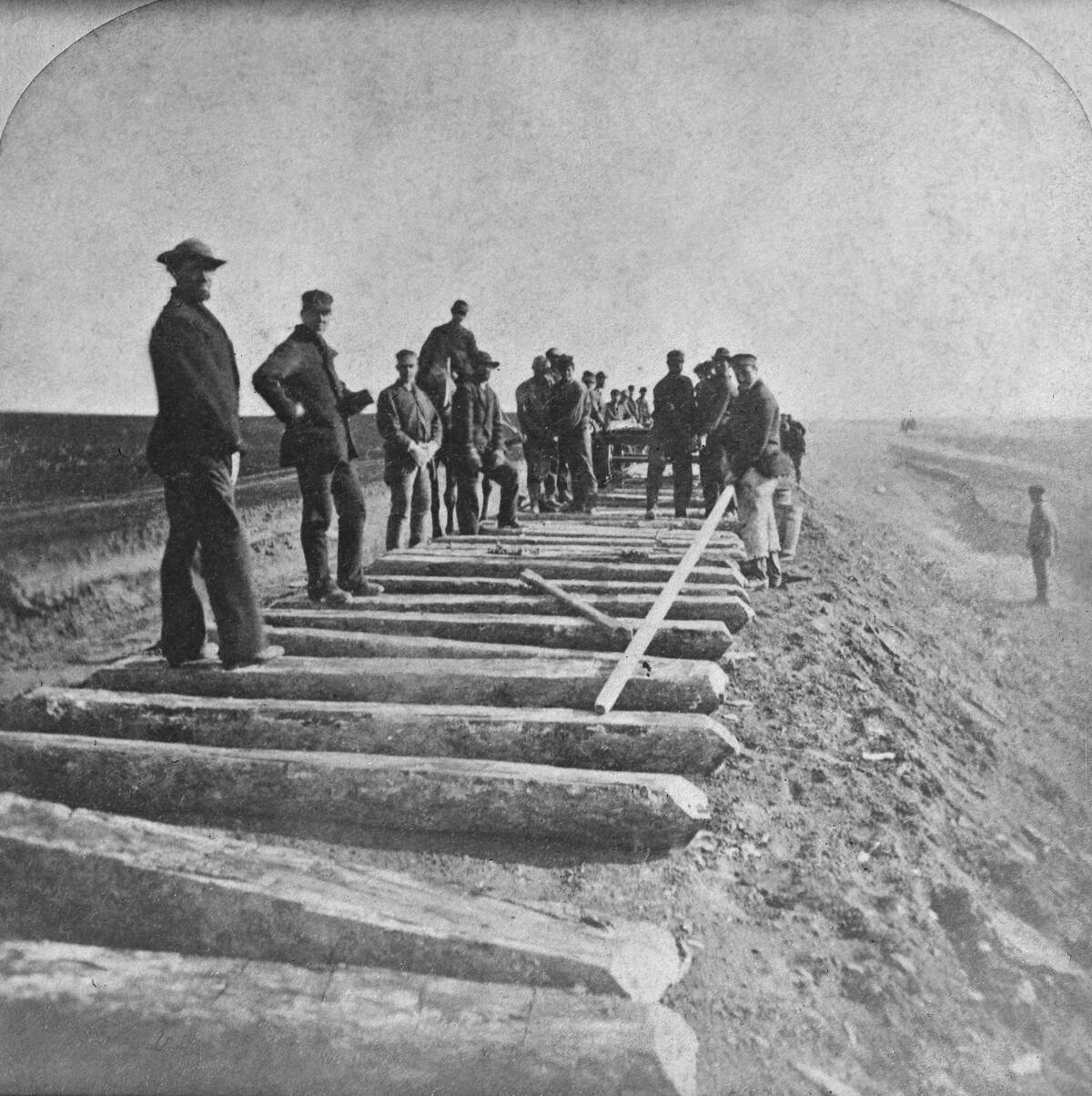
The 1800s offered a variety of occupations, many of which were tied to agriculture and manual labor. Farming was a common livelihood, with families working together to cultivate crops and raise livestock.
The Industrial Revolution introduced factory jobs, which attracted people to urban areas. Trades such as blacksmithing and carpentry were essential, providing goods and services to communities across the country.
Health and Medicine: Remedies and Practices

Medical practices in the 1800s were rudimentary compared to today. Many treatments relied on home remedies and herbal concoctions. Bloodletting and leeching were common practices, though their effectiveness was questionable.
The invention of anesthesia in the mid-19th century marked a significant advancement, making surgeries less painful. Despite limited medical knowledge, communities relied on midwives and local healers to care for the sick.
Entertainment: The Birth of Theater and Public Gatherings
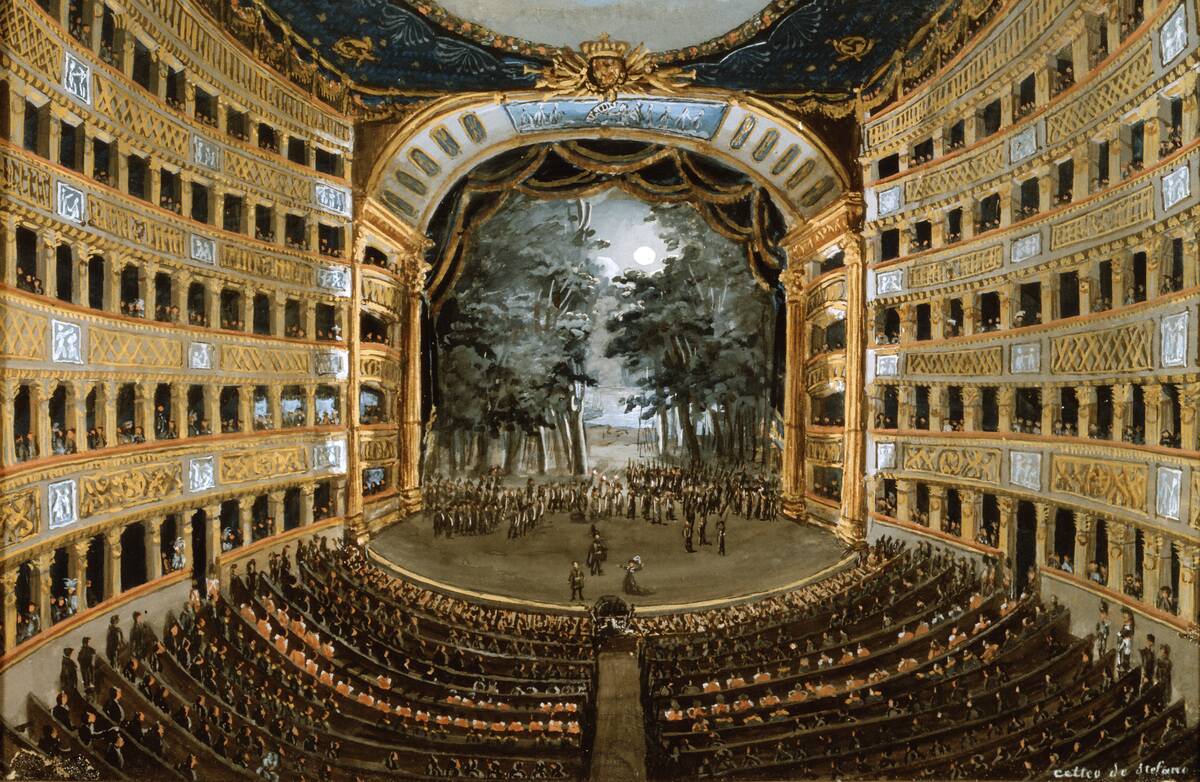
Entertainment in the 1800s saw the rise of theater as a popular form of amusement. Traveling troupes brought plays and performances to eager audiences, while vaudeville shows offered a mix of comedy, music, and dance.
Public gatherings like fairs and festivals provided opportunities for merriment and socializing. These events were a welcome respite from the daily grind, bringing communities together in celebration.
Social Etiquette: Manners and Customs of the Time
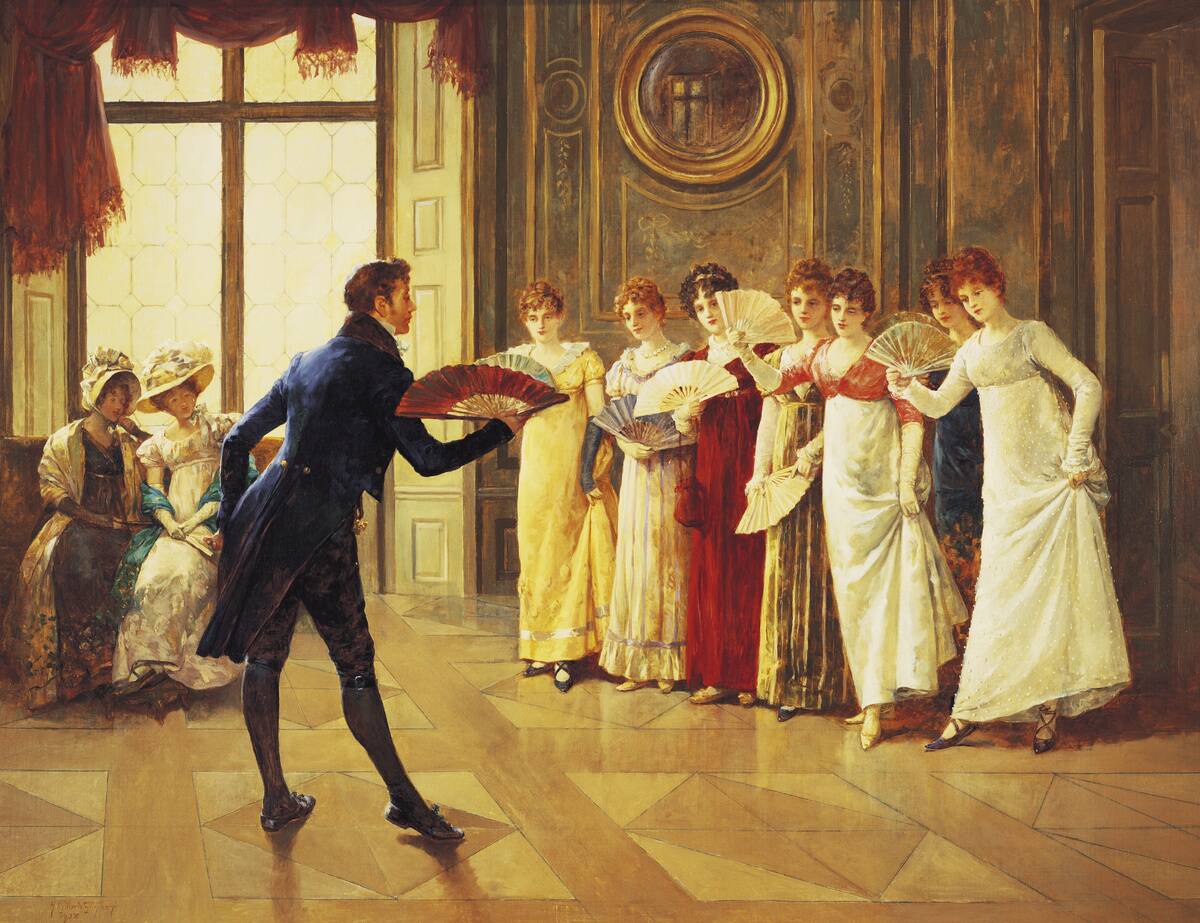
Social etiquette in the 1800s was governed by strict rules and customs. Politeness and decorum were highly valued, with elaborate codes of conduct dictating behavior in public and private settings.
Greetings were formal, and written correspondence followed specific guidelines. Social gatherings required careful attention to manners, with hosts and guests adhering to established norms to ensure a harmonious atmosphere.
Shopping Spree: Markets and General Stores
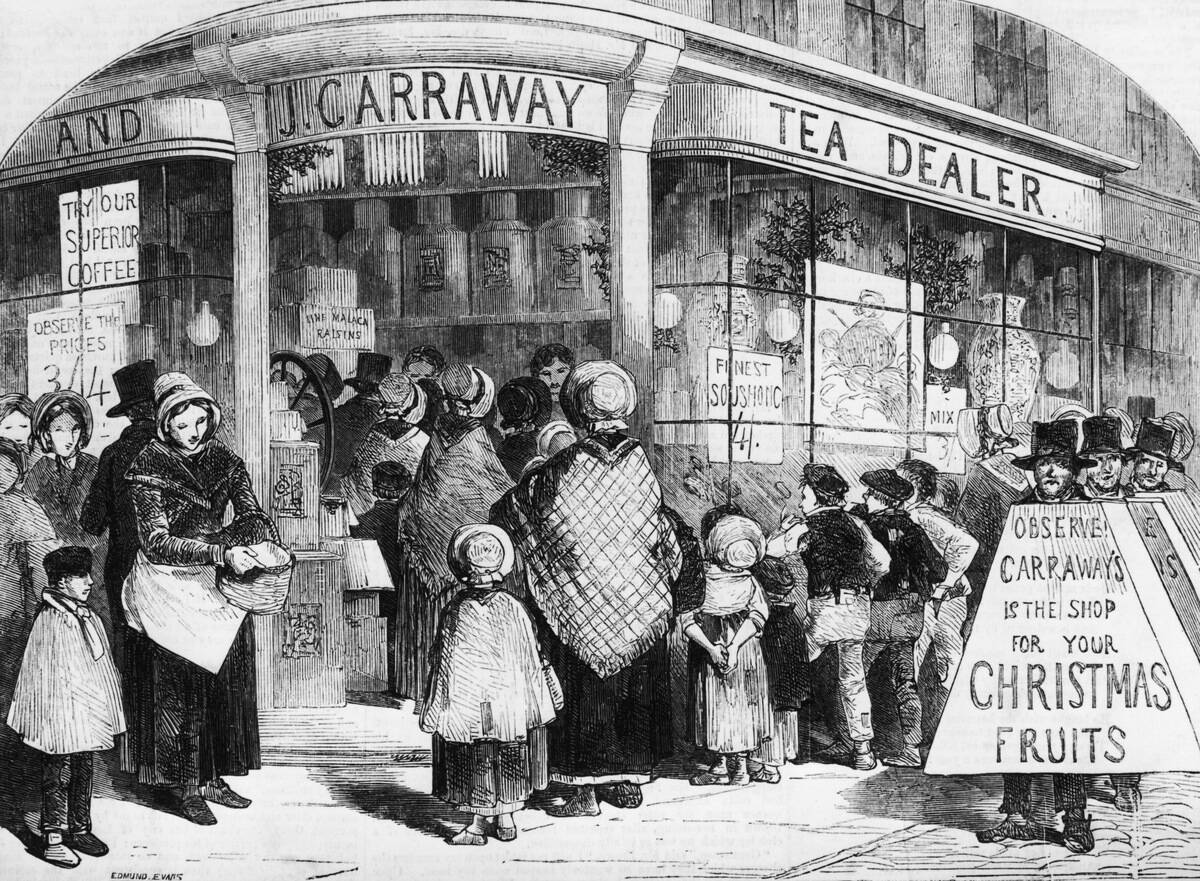
Shopping in the 1800s was a community affair, with markets and general stores serving as social hubs. These establishments offered a range of goods, from fresh produce to household items.
Bartering was common, with customers trading goods and services. The rise of the Industrial Revolution led to the mass production of goods, gradually transforming shopping habits and paving the way for the modern retail experience.
A Night at Home: Evening Entertainment Choices
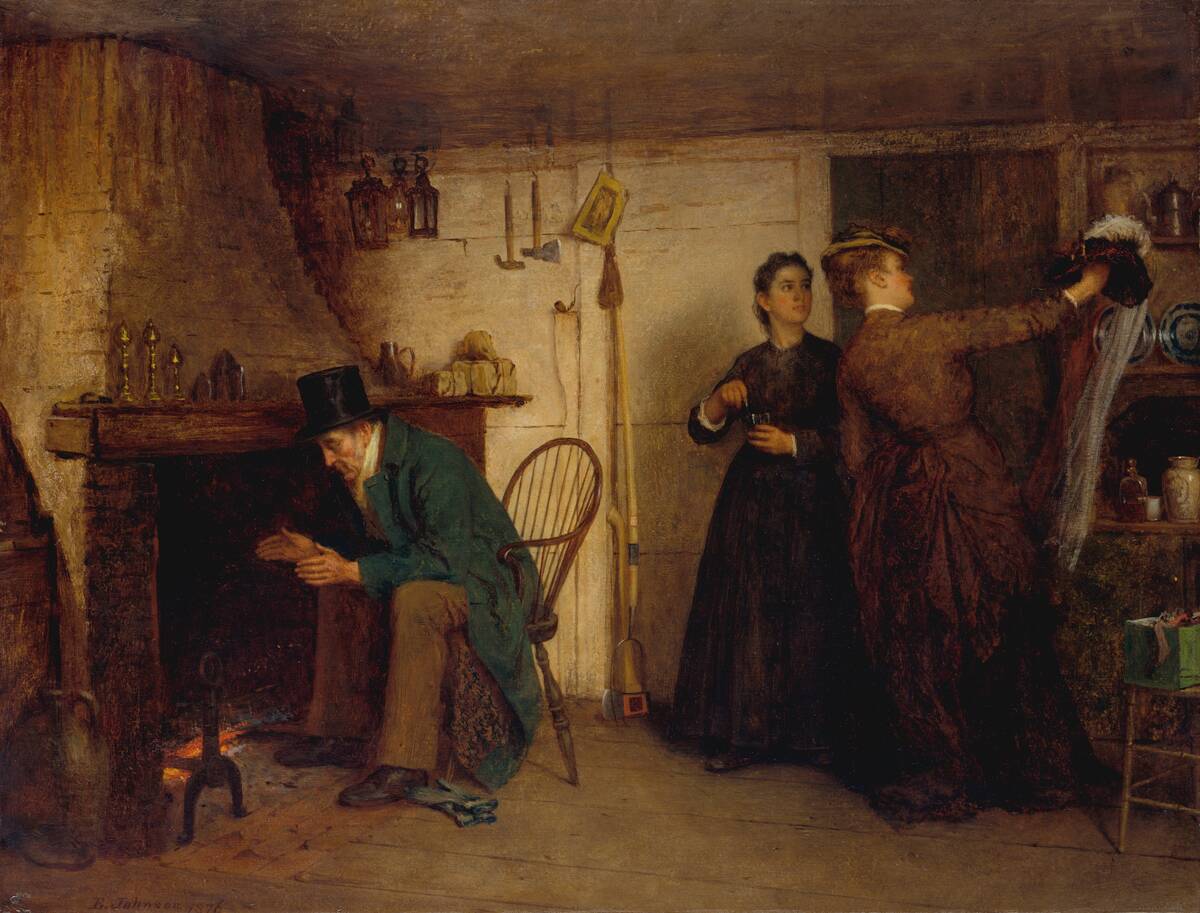
Evenings in the 1800s were often spent at home, with families gathering around the hearth. Storytelling and reading aloud were popular forms of entertainment, fostering imagination and bonding.
Games like chess and checkers provided amusement, while musical instruments like pianos and fiddles filled homes with melody. Despite the lack of modern technology, these simple pleasures created cherished memories and strengthened family ties.



